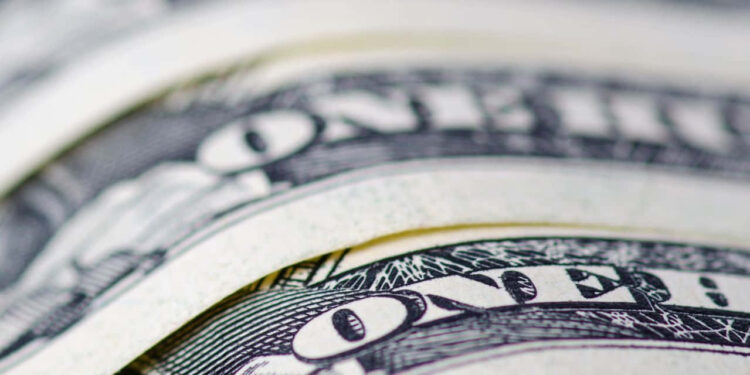The U.S. dollar experienced its worst first-half decline since more than 50 years because of President Donald Trump’s economic policies which created market volatility.
World stocks achieved record highs while VIX volatility measures stayed low but market movements remained intense. Gold prices increased by 25% during the first half of the year which represents its most significant rise since the Bretton Woods system collapsed in the early 1970s.
Amundi CIO Vincent Mortier explained that the dollar’s decline resulted from Trump’s strong tariff policies and his deficit-spending bill which will increase U.S. debt to 6-7% of GDP. According to Mortier the main market development during the first half of the year involved U.S. market weakness.
The market has shifted its investment focus away from technology stocks. The “Magnificent Seven” group of stocks underperformed while Chinese technology companies and European defense companies experienced significant gains because Trump suggested reducing U.S. military support for NATO allies which led to increased European defense spending.
U.S. Treasury yields reached 5.1% in May before returning to 4.8% which intensified investor concerns. The dollar’s depreciation resulted in negative returns for foreign investors who own U.S. Treasury bonds despite the higher yields.




